Hanoi 's creative vein was awakened more than a thousand years ago and has been constantly nurtured and renewed through each historical period. It is this creative flow that has contributed to forging the unique identity of the Capital in the process of urban construction, cultural development and the formation of elegant and civilized Hanoians.
On that journey, Hanoi always puts people at the center - both the driving force and the destination of every development strategy. From that foundation, the Capital continues to affirm its pioneering role in shaping the family value system and the standards of Vietnamese people in the new era.
People are the core
of culture
After the administrative boundary merger in 2008, Hanoi has 50 ethnic minorities living alongside the Kinh people. Of which, the Muong ethnic group accounts for the largest proportion, followed by the Tay, Thai, Nung and Dao. The solidarity of the ethnic community has helped Hanoi to cultivate a rich cultural treasure, providing great resources to build a developed and diverse capital.
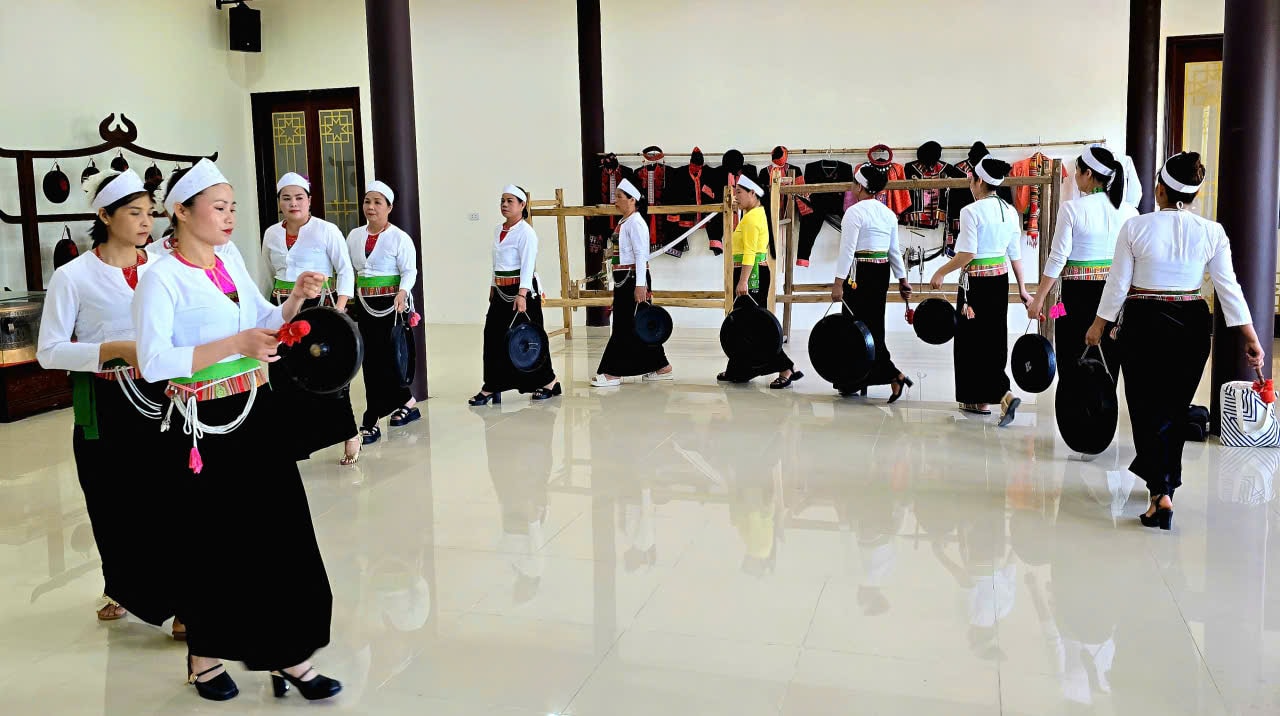
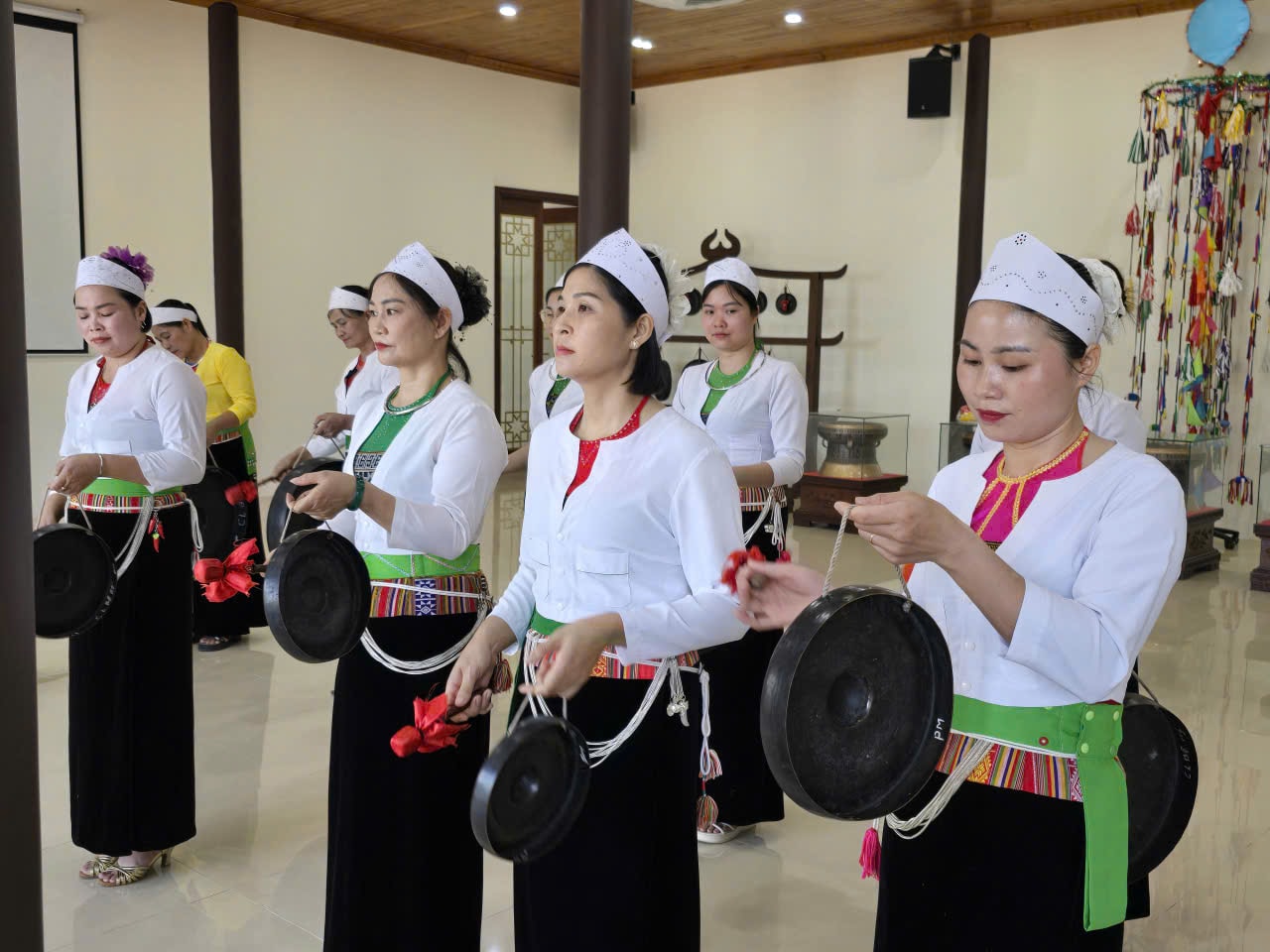
We went to Phu Cat commune, where 87.5% of the population are Muong ethnic people, living mainly by farming. In previous years, implementing the policy of Hanoi city on preserving and promoting ethnic cultural traditions, the old Quoc Oai district government made efforts to mobilize people to preserve Muong cultural traditions.
Until now, Ms. Nguyen Thi Chanh, Head of the Muong Gong Club of Phu Cat commune, still remembers clearly the time when she and officials of Phu Man commune (now Phu Cat commune) went to each house to encourage people to join the club to restore the intangible cultural heritage of their ancestors.
“At first, it was difficult to persuade people to join the gong club because everyone was busy with farming and making a living. Many people thought that they didn’t have enough to eat, so where would they have time for cultural activities? We patiently promoted and explained the necessity of joining the club, not only to learn how to play the gong, but also to learn how to love the culture of our people, to enrich the community... If the first attempt didn’t work, then we tried it twice, three times, and gradually, the number of people joining the club increased, to more than 60 people now,” Ms. Chanh shared.
The Phu Cat Muong Gong Club has been maintained for 10 years now. The Quoc Oai district government at that time devoted a lot of effort to working with the Muong people in the communes to establish and develop the clubs. Training sessions, education, and teaching how to play Muong gongs were organized weekly by the Director of the Muong Cultural Museum, Bui Thanh Binh, who came from Hoa Binh to teach directly. The Muong gong heritage, which was at risk of being lost, has now become a mainstay for the people's daily life.
“While learning the heritage of our ancestors, we also learn how to build a united and happy community. Currently, the Muong gong club not only performs in the village, but also participates in major local and city events such as: Thay Pagoda Festival, Hanoi Tourism Festival, Hanoi Tourism Gift Festival, Cultural Festival for Peace …”, Ms. Nguyen Thi Chanh excitedly "showed off".
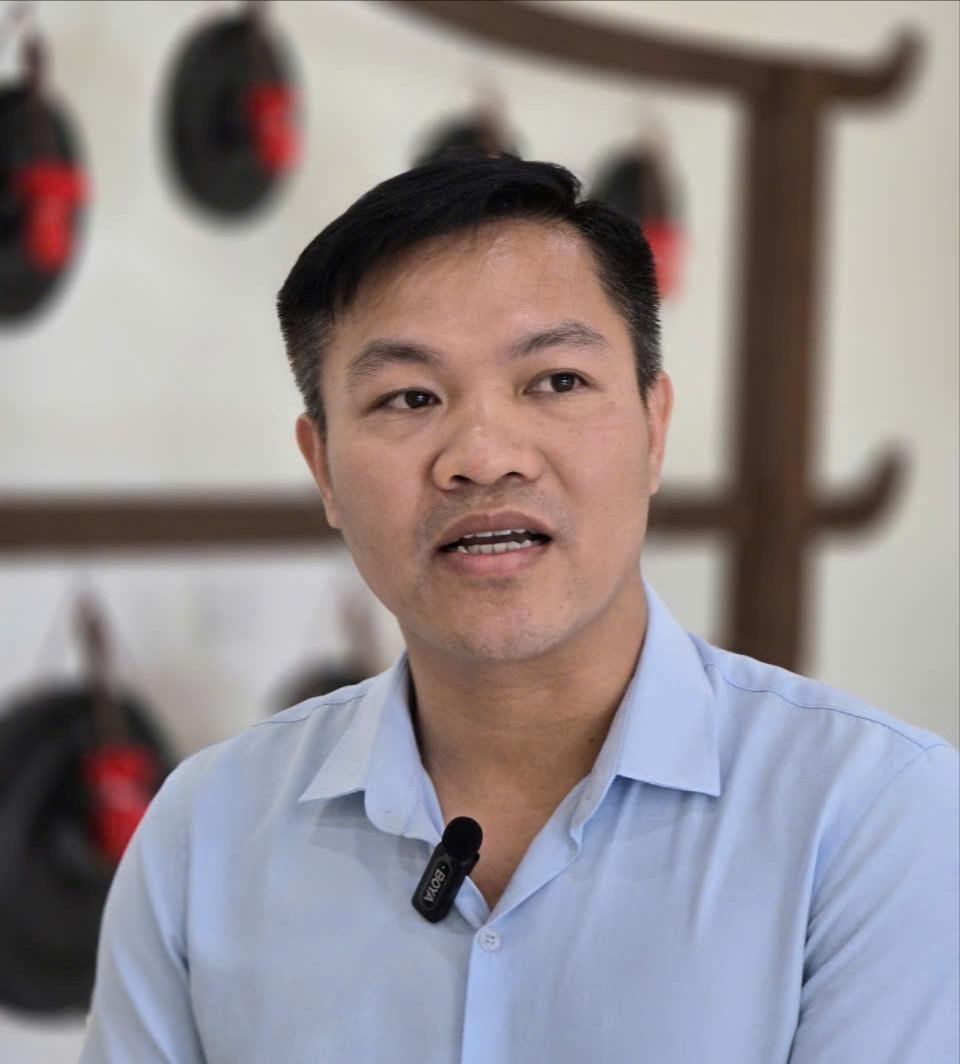
Leading us to visit the Muong Community Cultural House with traditional stilt house architecture, which will be put into use at the end of 2024, Mr. Dinh Cong Vuong, an expert from the Department of Culture and Society of Phu Cat commune, said that one of the development orientations of the locality is to turn Muong cultural heritage into a great resource in the local socio-economic development. The people will be the direct subjects participating in this development.
According to Mr. Vuong, the commune is planning to build experiential tours, bringing tourists to explore Muong culture through festivals and relics; opening training classes on behavioral skills, preserving traditional culinary identity for the people to be ready to welcome tourists and do community tourism.
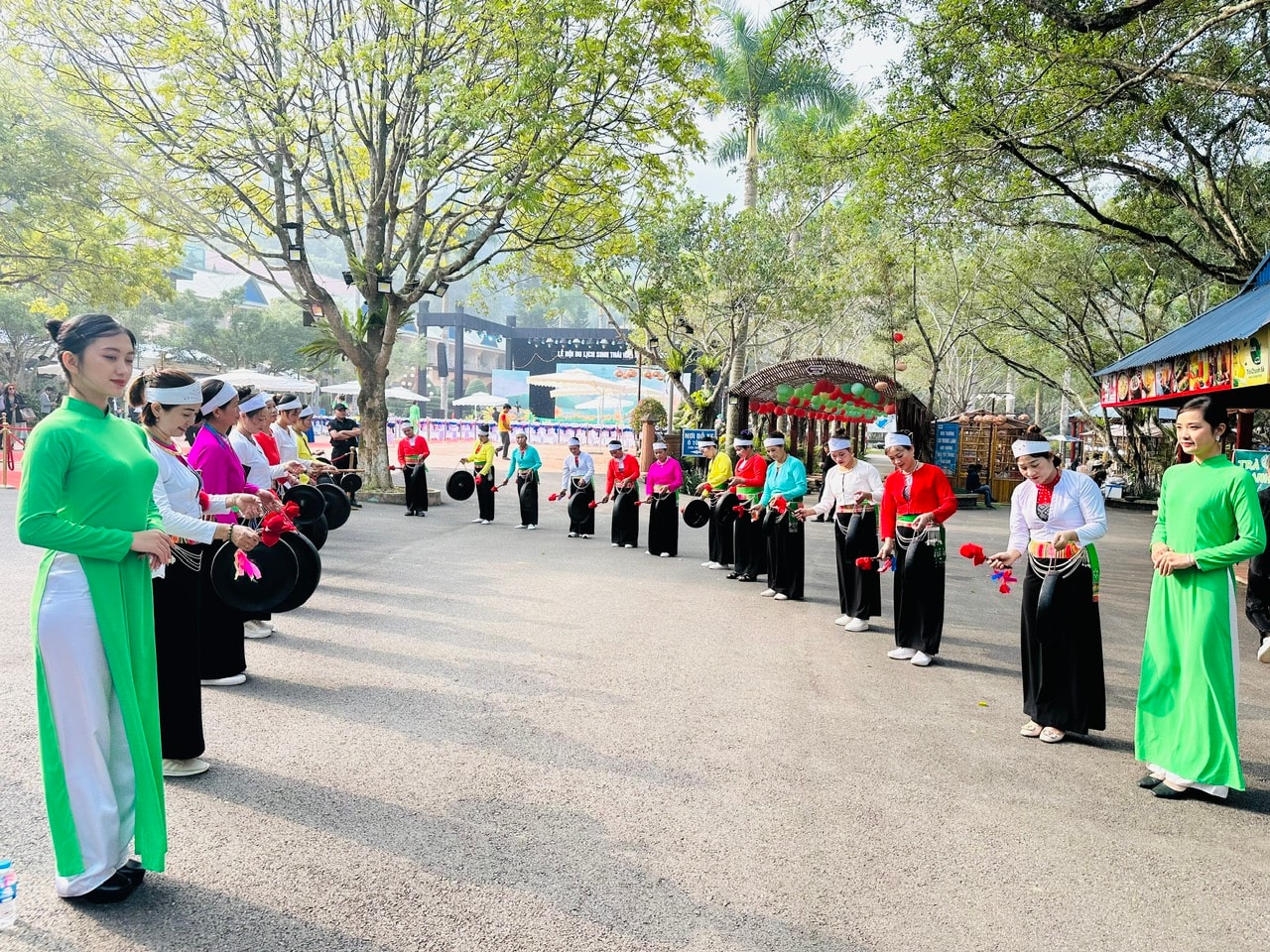
Along with the construction and development of new rural areas, many suburban communes of Hanoi with a large population of ethnic minorities have also shown a "transformation". Not only the Muong community in Phu Cat, Ba Vi has changed, but many other ethnic minorities in Hanoi have also changed dramatically.
Typically, the Dao ethnic group in Mien village (Ba Vi commune) has built a well-off community thanks to traditional medicine and tourism development.
Confiding in us, Ms. Trieu Thi Oanh shared: “In the past, we simply planted trees, picked herbs, and each family knew its own. After the local government propagated and instructed us on how to preserve traditional culture, from costumes to folk dances and cuisine; opened training classes on how to do tourism, we learned how to behave to satisfy customers. The material and spiritual life of the people has also improved a lot compared to before.”
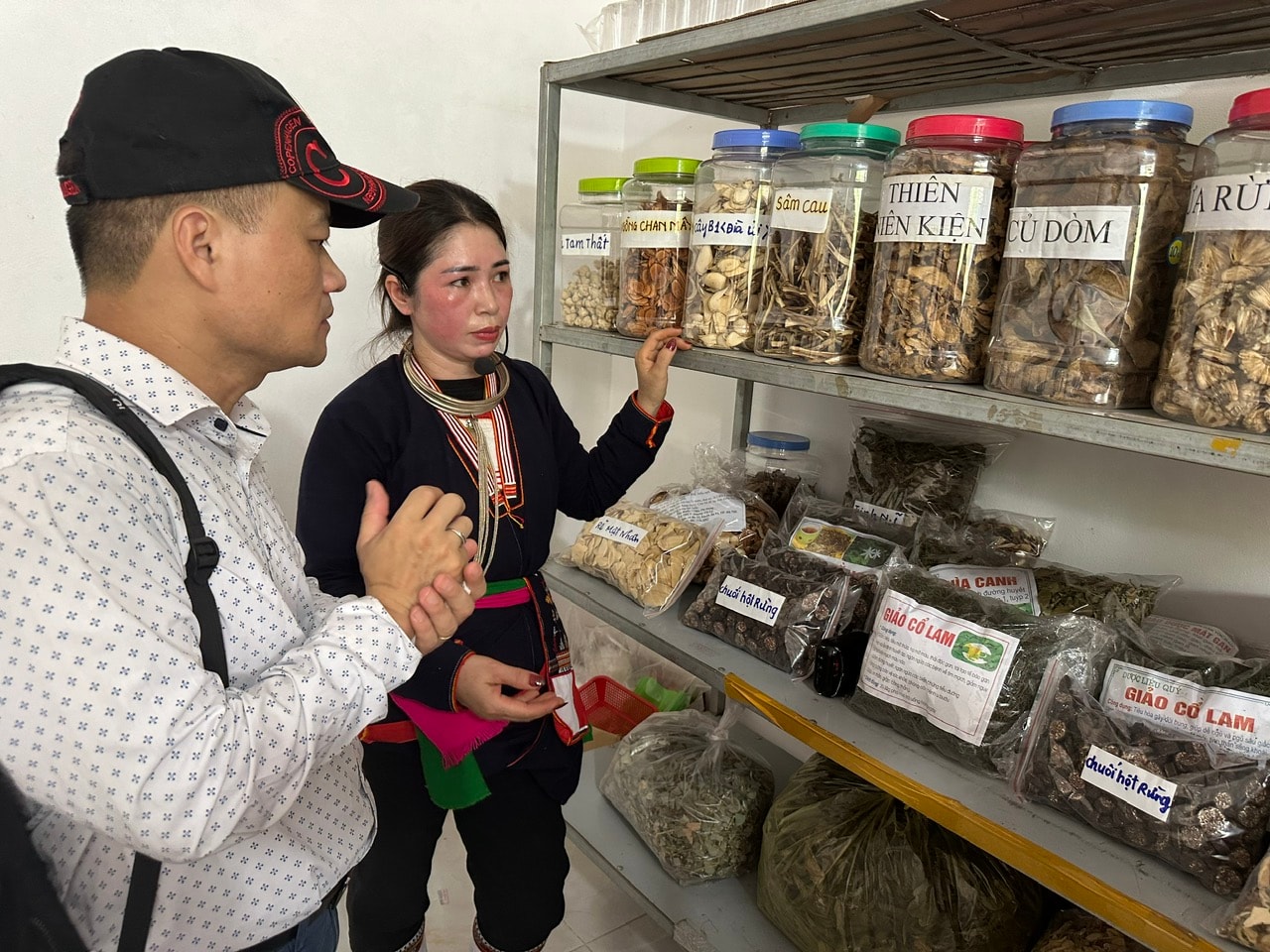
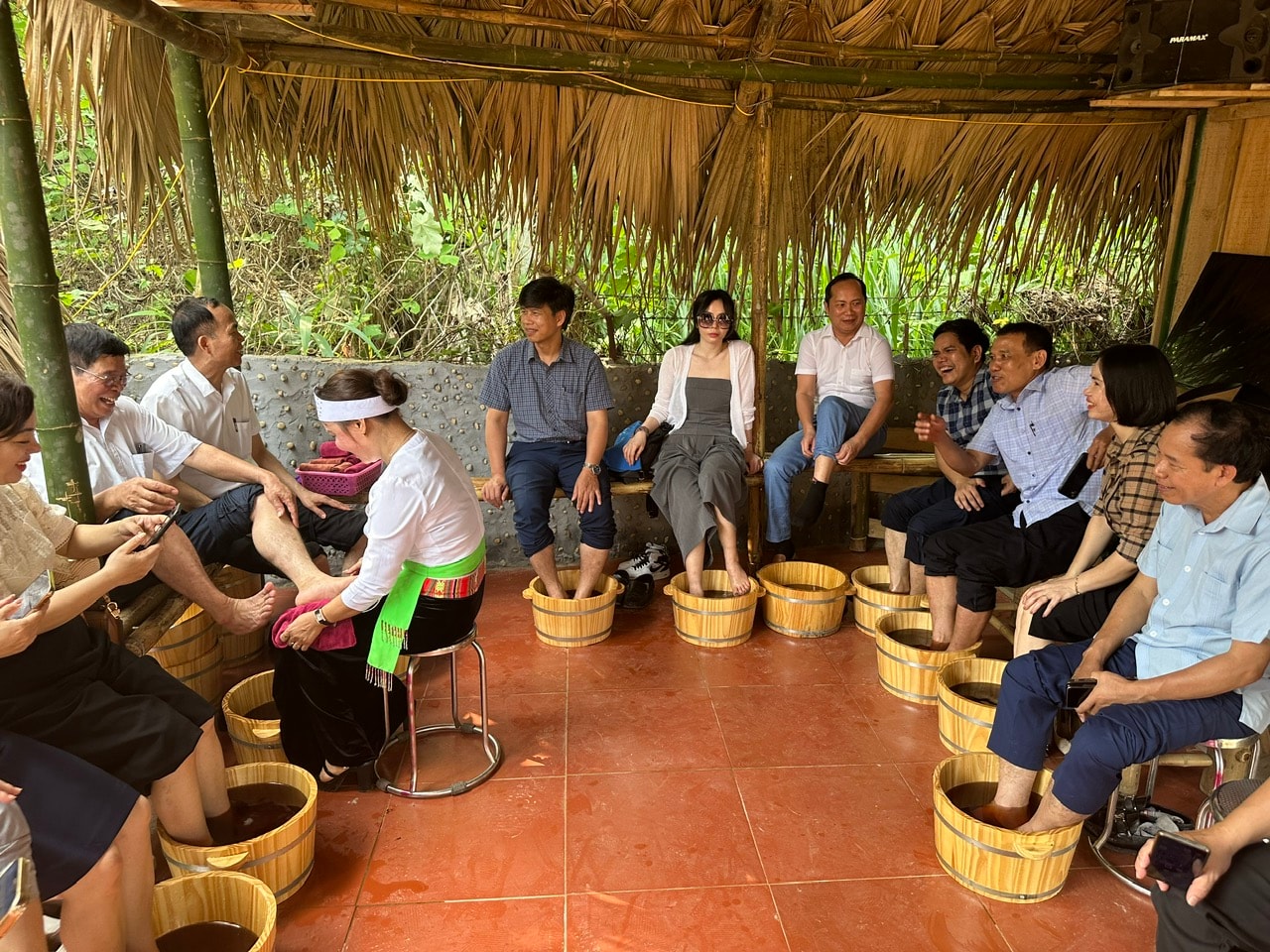
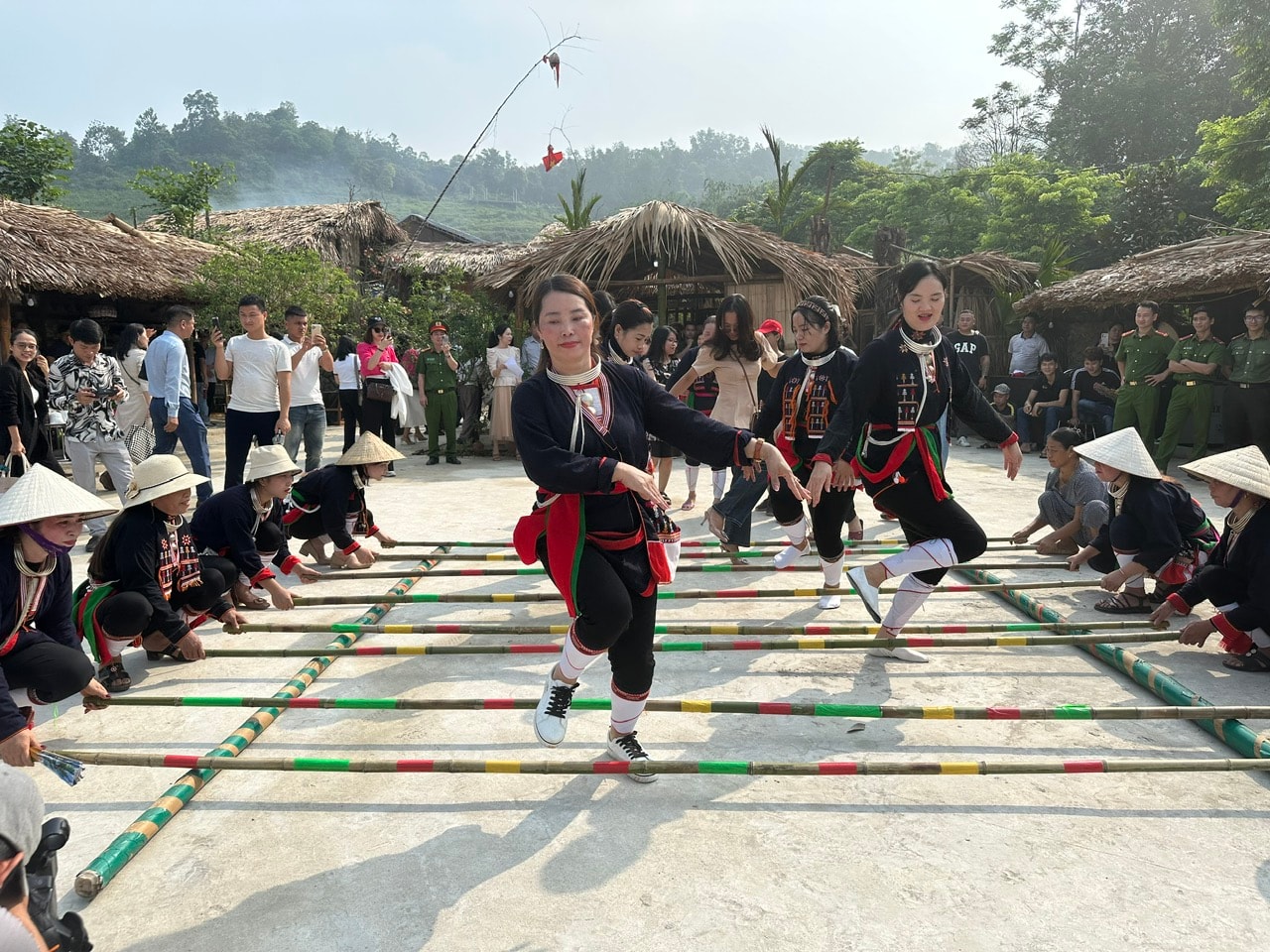
At the end of April 2024, the Mien Village Community Tourism Site (Ba Vi Commune) was officially launched and recognized by the Hanoi Department of Tourism as a city-level tourist destination. After 1 year of maintenance, this place has become an attractive and new destination for many domestic and foreign tourists to experience. The Dao people in Mien Village also take advantage of the strengths of technology to promote their tourist attractions on many social networking platforms.
The story of the Muong people in Phu Cat, or the Dao people in Mien village, Ba Vi commune, are typical examples of the movement "All people unite to build a cultural life" in localities of Hanoi. Now, the Muong, Dao and many other ethnic communities in Hanoi not only know how to farm, but also skillfully perform heritage to enrich their spiritual life and develop tourism. They are no longer just stuck in the kitchen, but are making efforts to learn, equip themselves with skills in behavior, communication, understanding of technology and above all, are not afraid of innovation and creativity. They have become typical representatives of the strong rise of the ethnic communities in Hanoi, contributing to building a new system of human values in the cause of developing a prosperous capital.
Realization
the criteria of "happiness"
After more than 1 month of implementing the two-level local government, the appearance of the capital has changed a lot, not only the rearrangement of administrative boundaries of 126 new communes and wards, but also the "change of blood" in the way of operating and managing public administration. The work of developing culture and building people in Hanoi also has many new features to adapt to the new development requirements of the capital and the whole country.
These changes initially show the potential of the two-tier local government model in creating a new driving force for the capital's culture - towards real efficiency, closer to the people, more flexibility and creativity.
That spirit is also clearly reflected in the Draft Political Report submitted to the 18th Congress of the Hanoi Party Committee, with the theme: "Promoting the thousand-year tradition of civilization and heroism, solidarity, courage, and creativity; pioneering with the nation, building a civilized and modern Capital - Happy People" . Notably, this is the first time the element "Happy People" has been included in the city's political document - as a clear indication of the shift from pure development to development for people, taking people's happiness as the highest goal.
Talking about the connotation of “happy people”, Journalist Ho Quang Loi, Vice President of the Vietnam Digital Communications Association, said that this is like an affirmation: All development strategies of Hanoi are oriented towards people. The city clearly defines that cultural development must take people as the center and destination, because the end of culture is people. In addition to paying attention to life and livelihood, training, education and development of new-age Hanoians is an urgent issue and is given top priority.
That thinking is gradually being materialized at the grassroots level. In O Dien commune - a new rural area of the old Dan Phuong district - the government and people are pioneering in realizing the concept of "happiness" through specific measurements. Based on the specific socio-economic development conditions, O Dien commune has built a set of criteria for the "happiness index" including: Living conditions index, health and education index, environment and safety index, social and cultural relations index, satisfaction index and happiness perception.
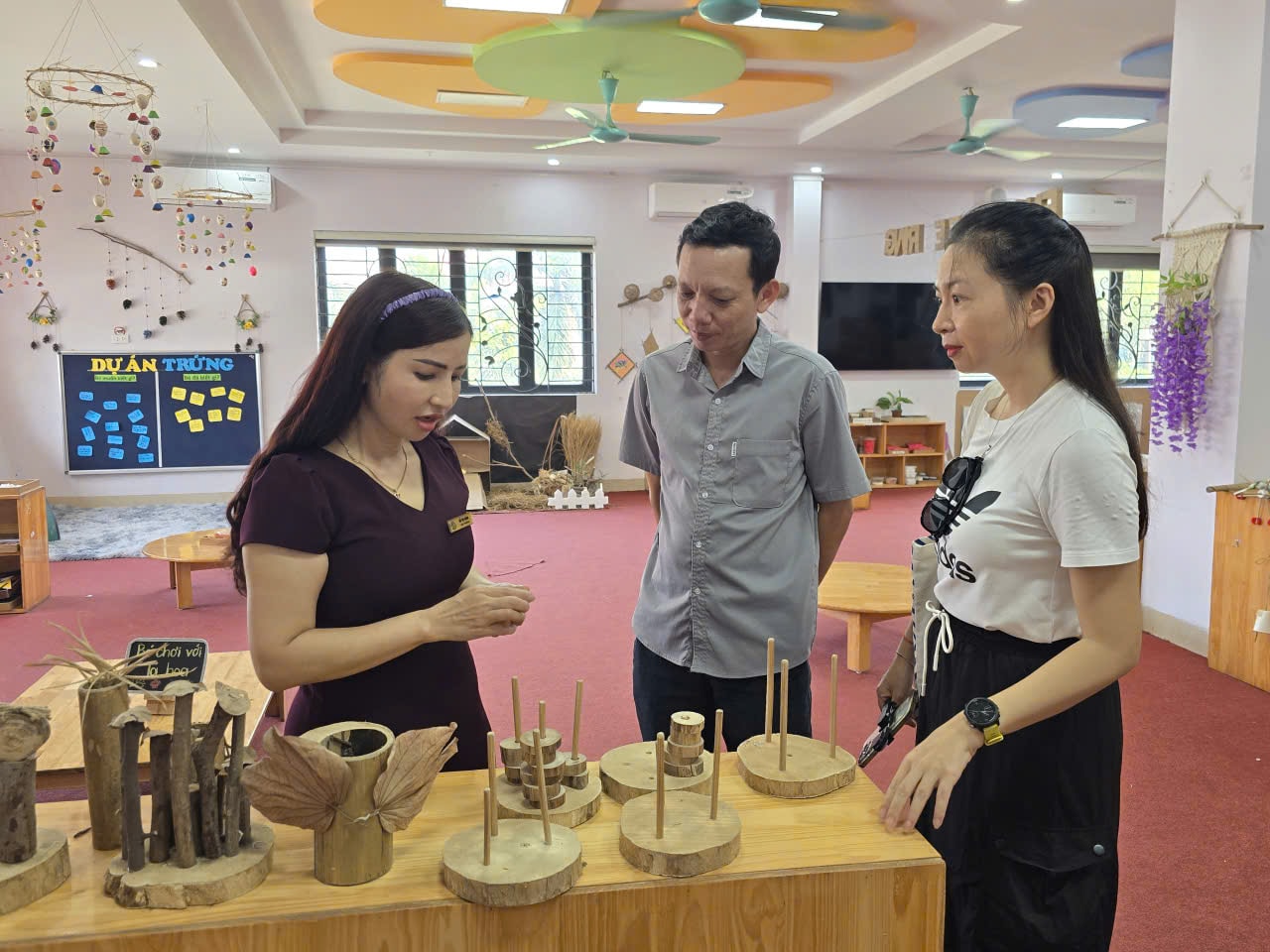
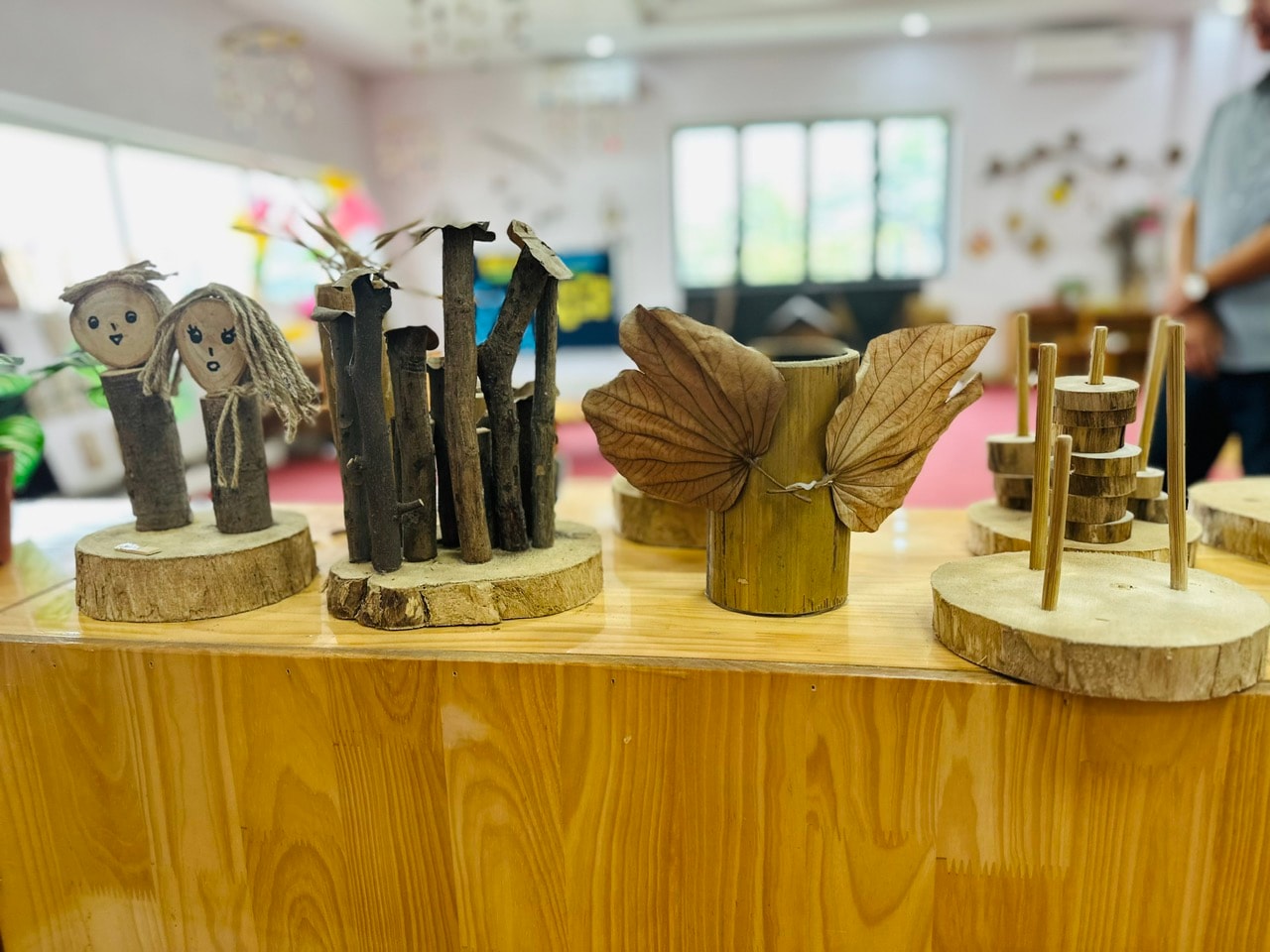
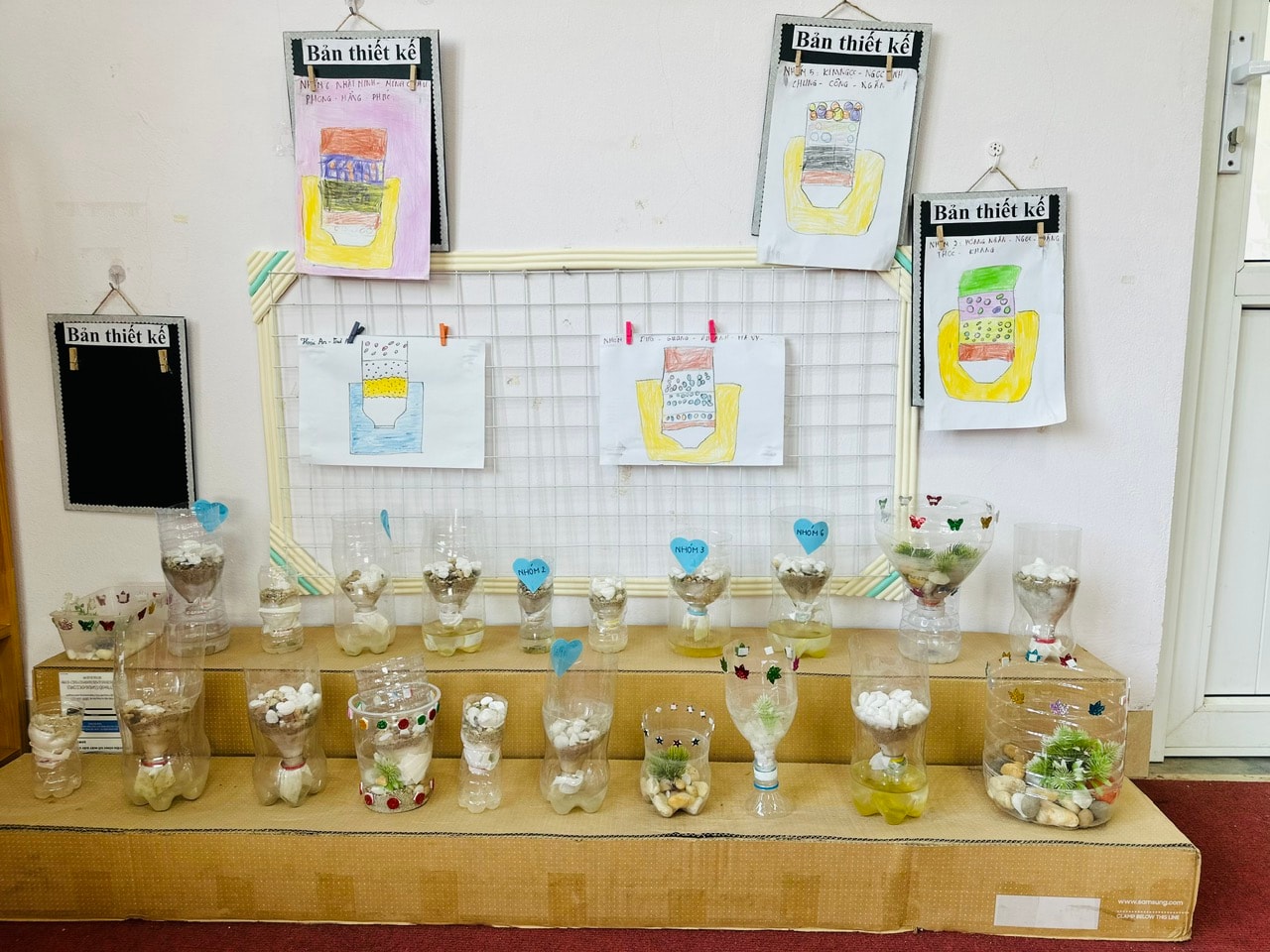
Notably, some targets are set very specifically such as: Average income per capita reaches 90 million VND/person/year; the rate of families meeting cultural standards accounts for 95%; the level of satisfaction with current life reaches over 85%; the rate of people feeling "they are living happily" reaches over 80%...
Vice Chairwoman of the People's Committee of O Dien Commune, Bui Thi Thu Hang, explained that the construction of the "O Dien Commune Happiness Index" aims to measure the satisfaction level and quality of life of the people in all three aspects: Material, spiritual and living environment. This is a practical content in the process of building advanced and exemplary new rural areas, at the same time realizing the policy of "Comprehensive development of people and harmonious society" in the spirit of the Resolution of the 13th National Party Congress.
The criteria of “happy people” in O Dien commune is clearly demonstrated through the model of “Happy School”. On the expanded concrete road, with rows of green banyan trees on both sides, Tan Hoi B Kindergarten - a public preschool educational institution meeting national standards at level 2 - creates surprises not only because of its well-invested facilities, but also because of its curriculum designed to form the basic qualities and skills for people of the new era.
Ms. Do Thi Hang, Principal of the school, shared that in addition to the system of classrooms and functional rooms fully equipped according to the requirements of developing advanced preschool education programs, international integration such as Montessori rooms, STEM, film screening, art, physical education, information technology, English familiarization..., the school's educational and experiential programs are all aimed at educating young children with life skills in harmony with nature, environmental protection, use of recycled materials and smart technology skills...
“We strive to create a happy learning environment, contributing to building a future generation that is knowledgeable, humane, and conscious of building a civilized and modern living environment,” said teacher Do Thi Hang.

Tan Hoi B Kindergarten in O Dien Commune is just one of many typical models of “Happy Schools” in Hanoi. According to the Hanoi Department of Education and Training, for many years now, the Department has launched a competition to build “Happy Schools” to contribute to improving the quality of education, forming good personalities for the young generation, gradually building elegant, civilized, creative Hanoians, meeting the requirements of the new era.
Schools have built many creative and effective models. Typically, Thanh Cong Secondary School (Thanh Cong Ward) invited experts to disseminate to teachers behavioral skills with parents and students; organized seminars for students on behavior in cyberspace, education on gratitude, prevention and fight against school violence... Nguyen Gia Thieu High School (Long Bien Ward) implemented the 3-please movement: "Hello, sorry, thank you" in the Youth Union and the movement "Think carefully, speak slowly, act immediately" in the union...
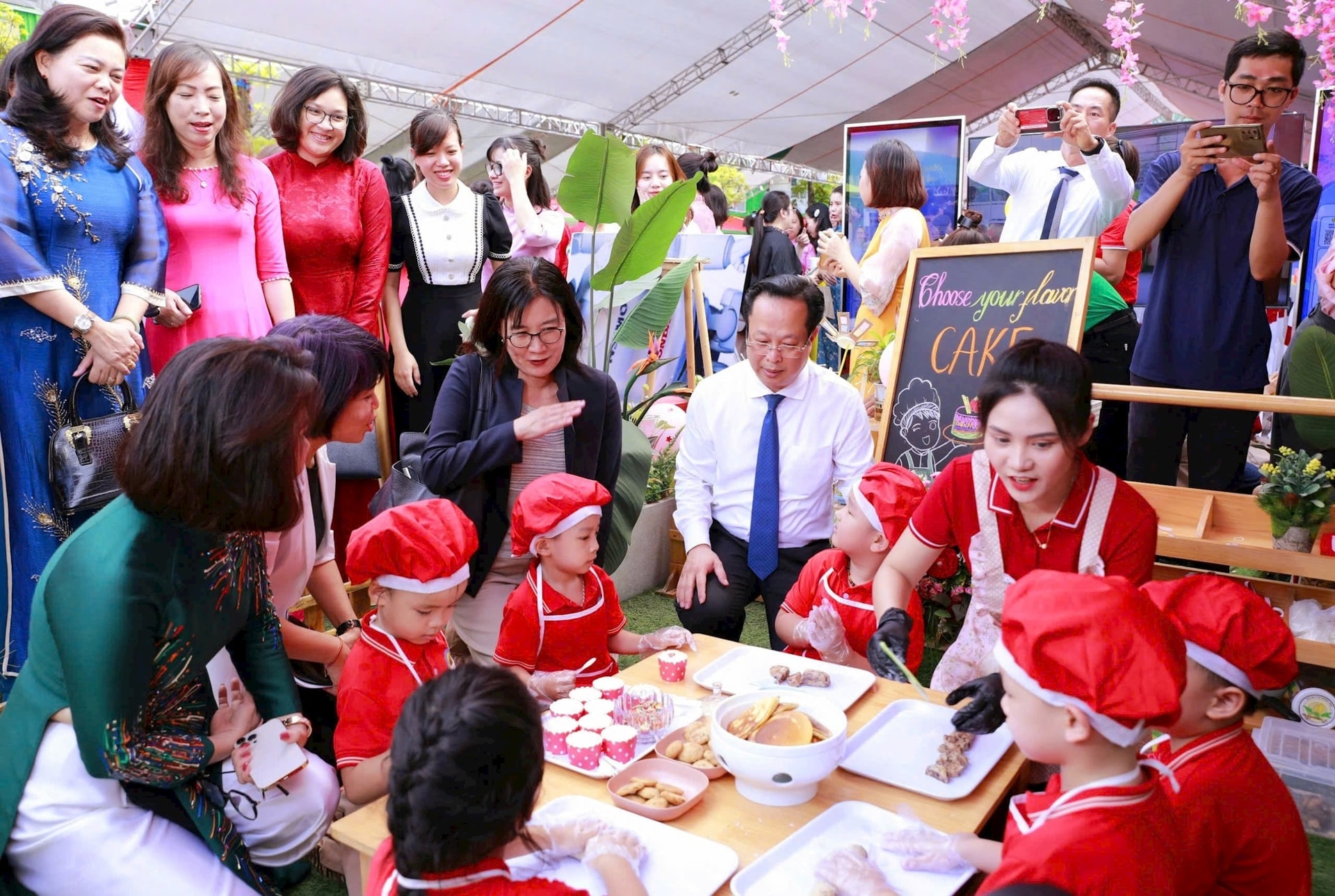
Director of the Hanoi Department of Education and Training Tran The Cuong affirmed that the “Happy School” model is being replicated in many educational institutions in the city. This is not only an environment to nurture knowledge, but also a space to cultivate life values, contributing to the formation of new people who are rich in emotions, understanding, intelligence, humanity, responsibility, creativity and always aspire to rise up.
Source: https://hanoimoi.vn/bai-2-vun-trong-he-gia-tri-con-nguoi-moi-711699.html


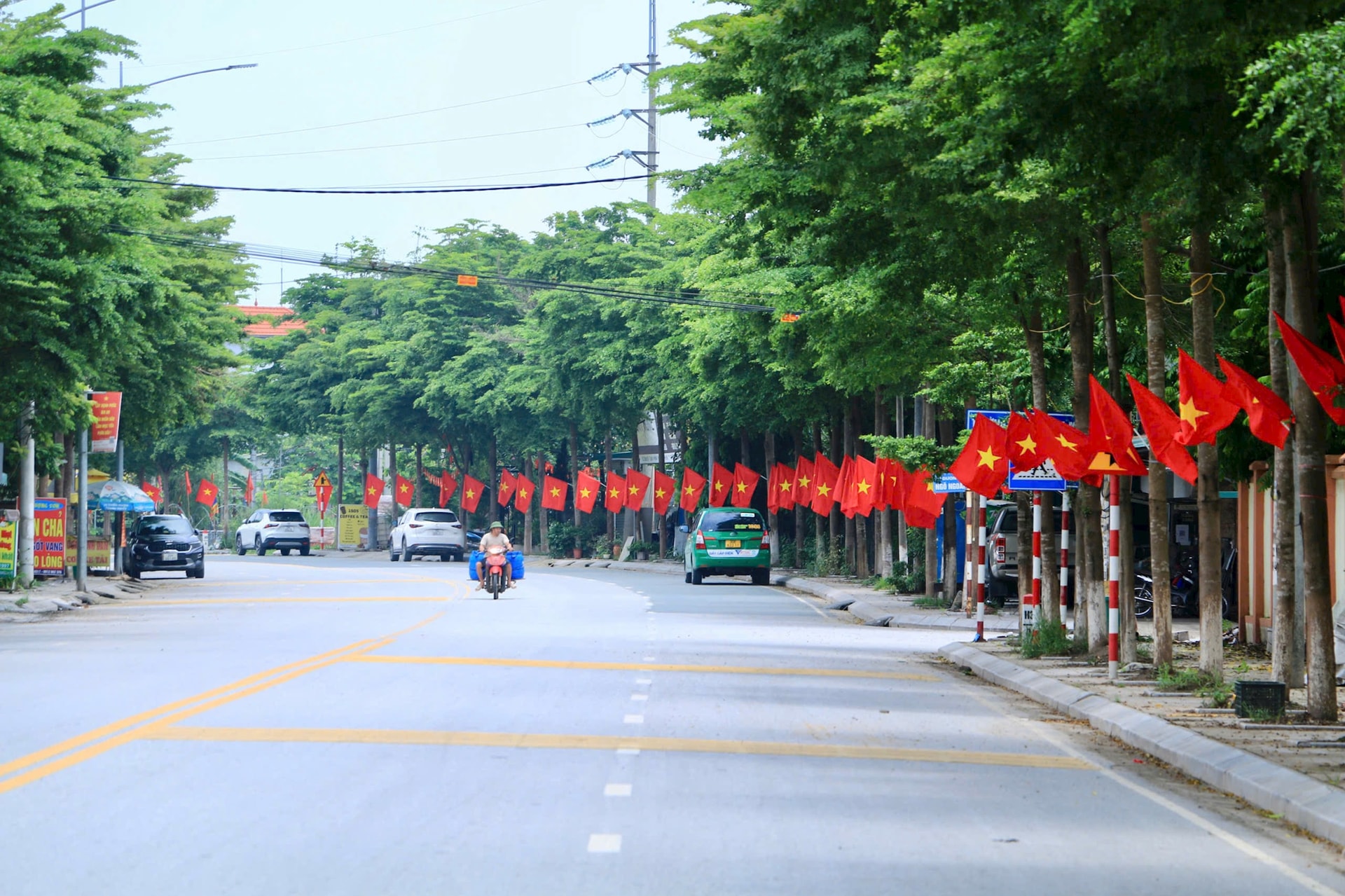
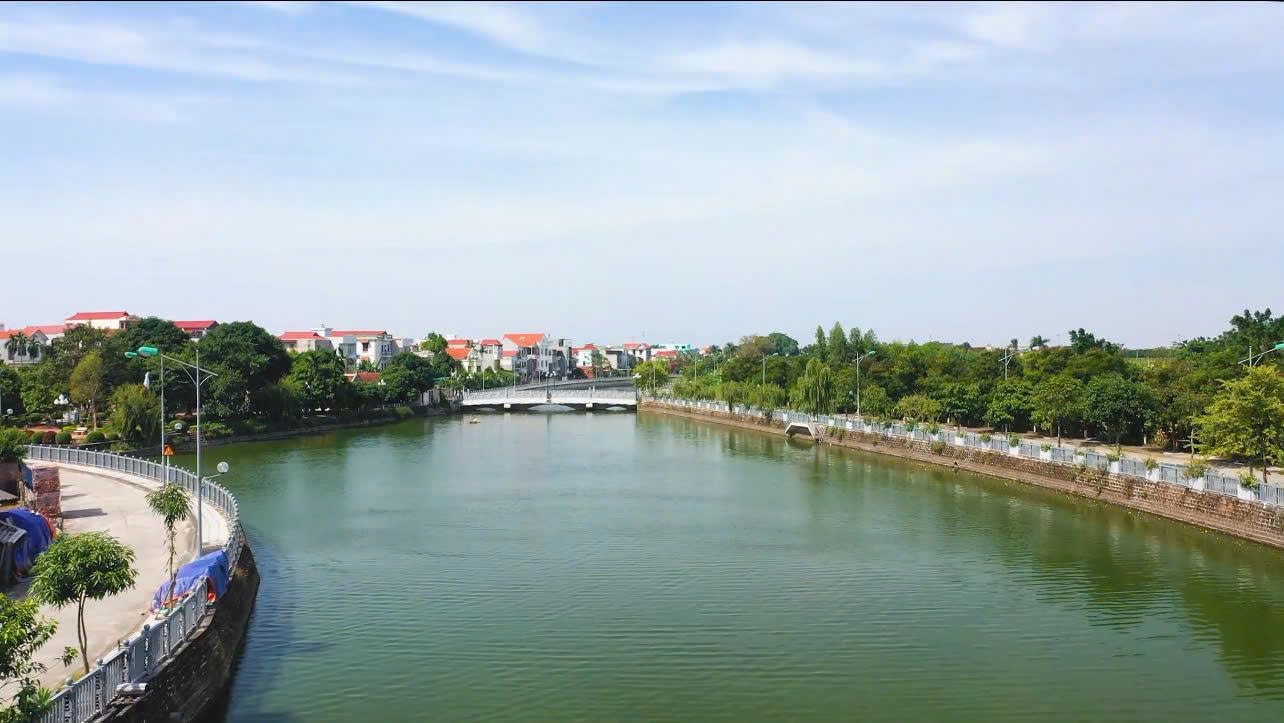
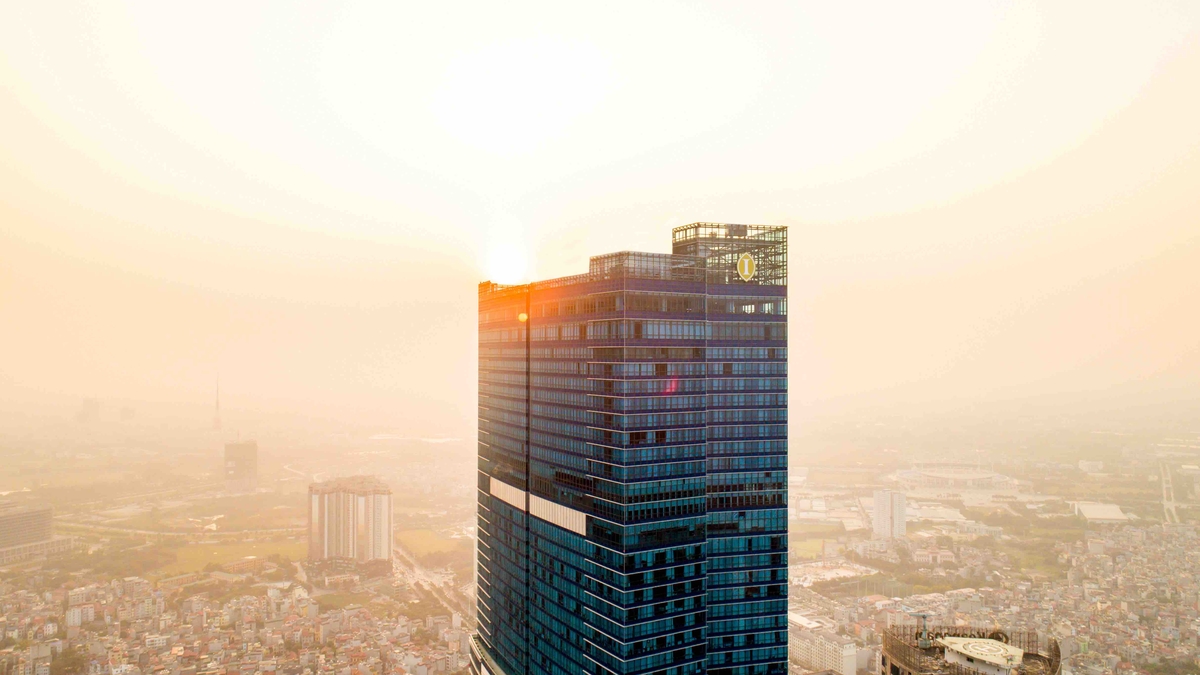





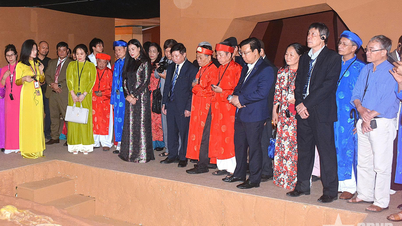





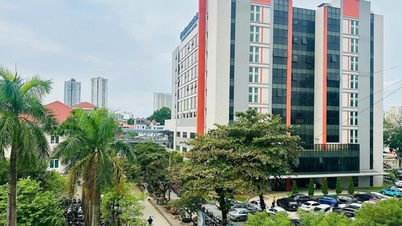

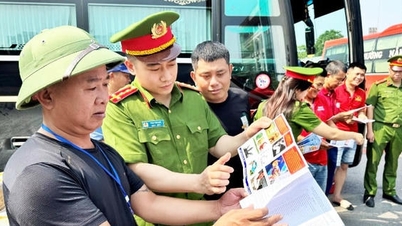


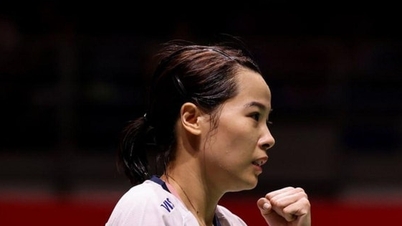
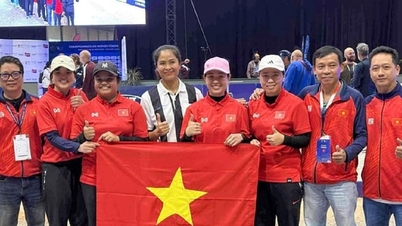
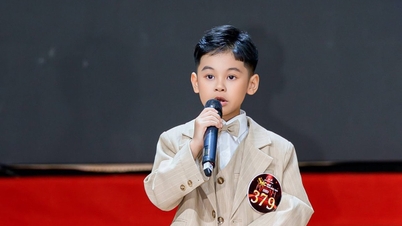




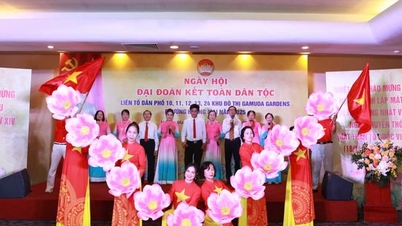




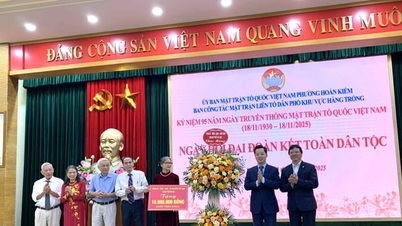

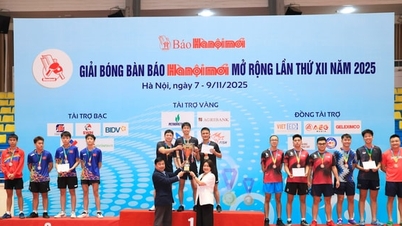

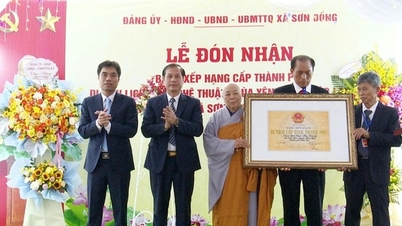
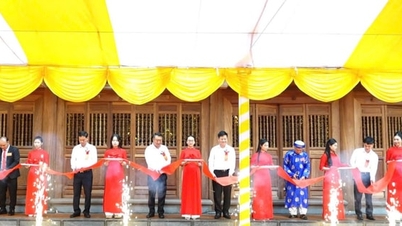






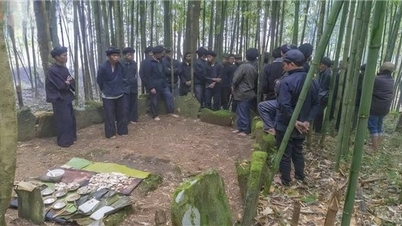





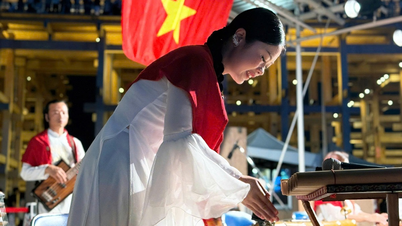
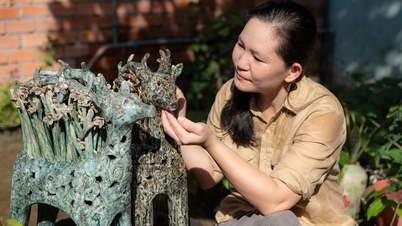
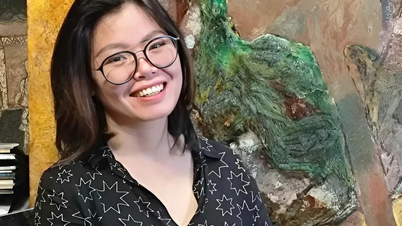


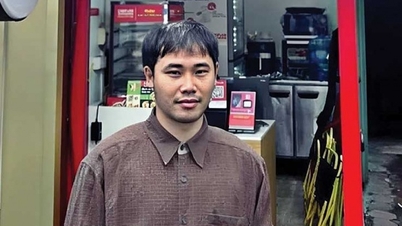



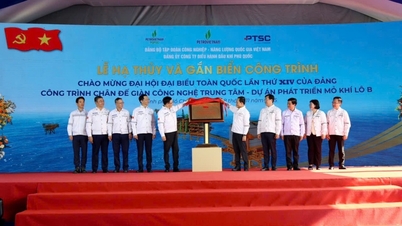











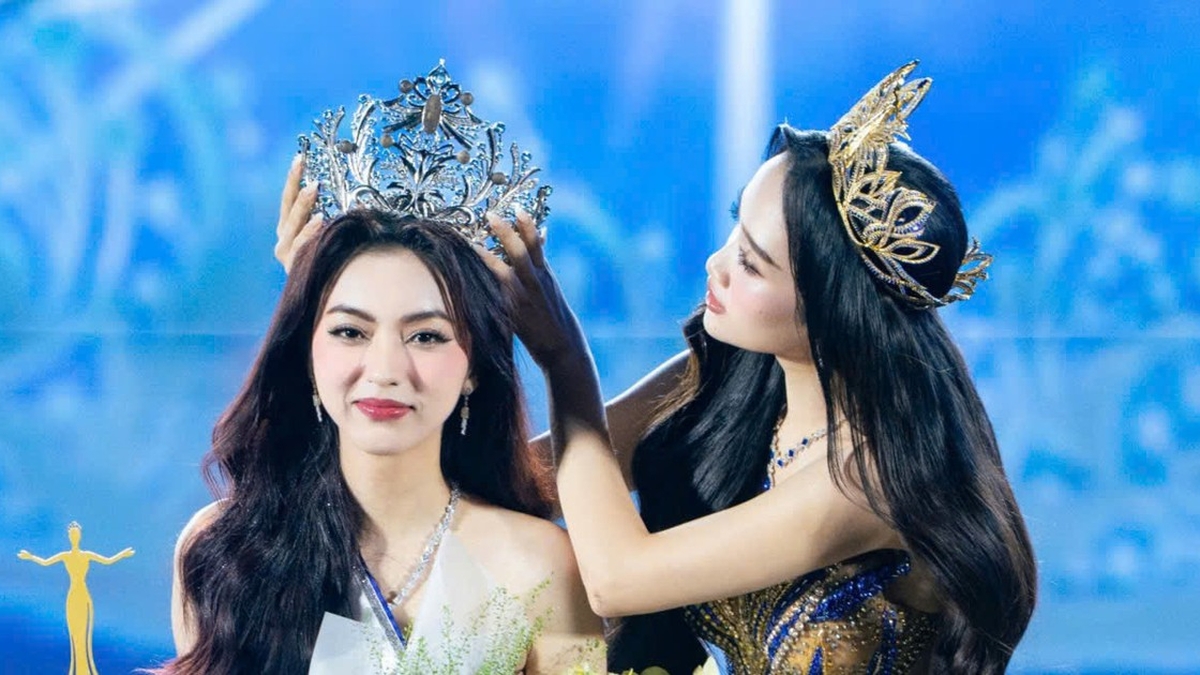
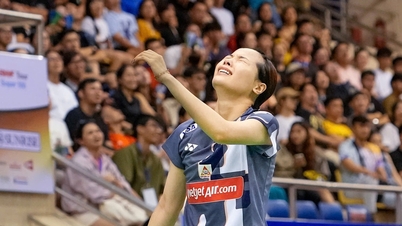

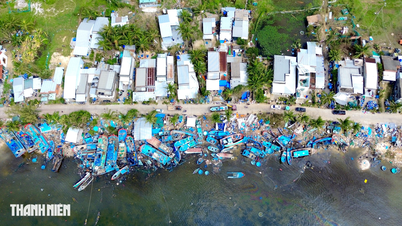
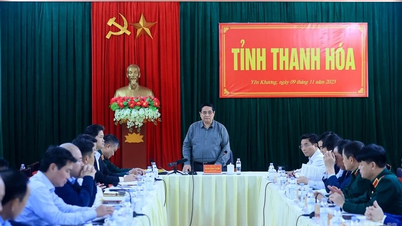




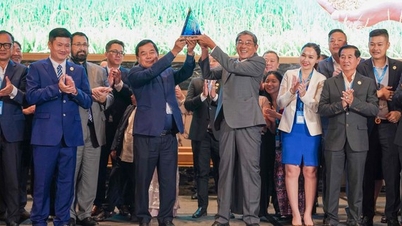


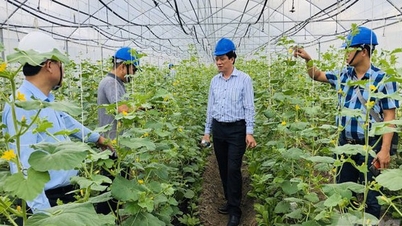
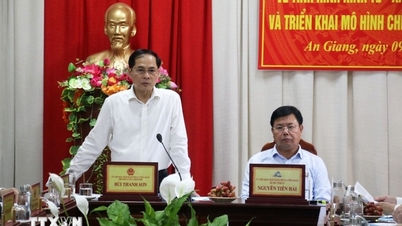





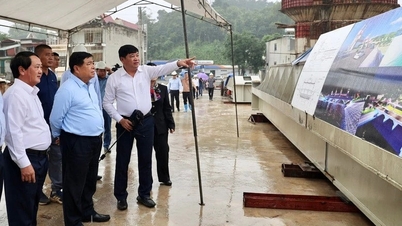












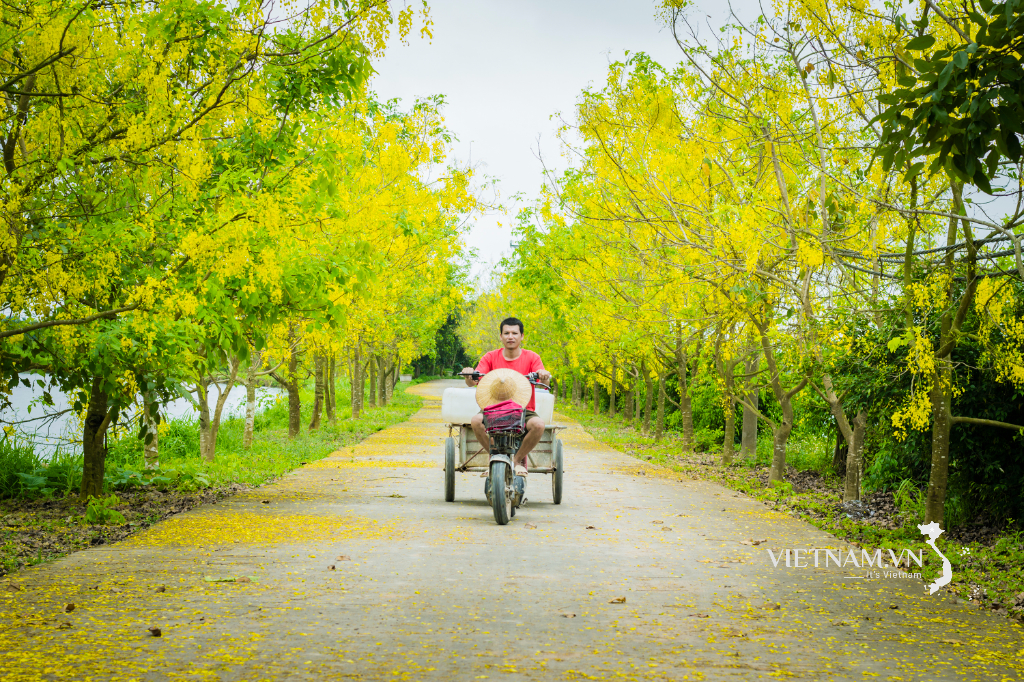



Comment (0)